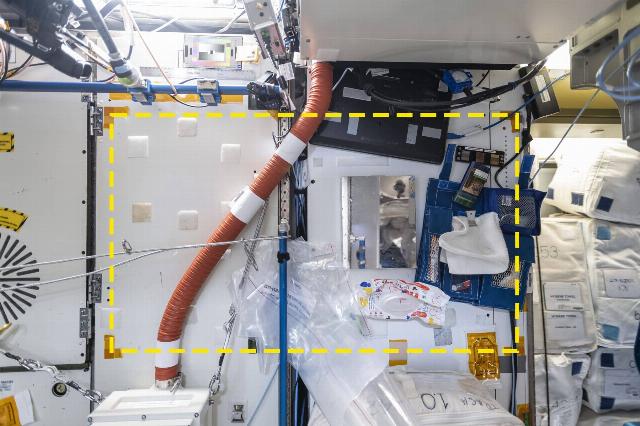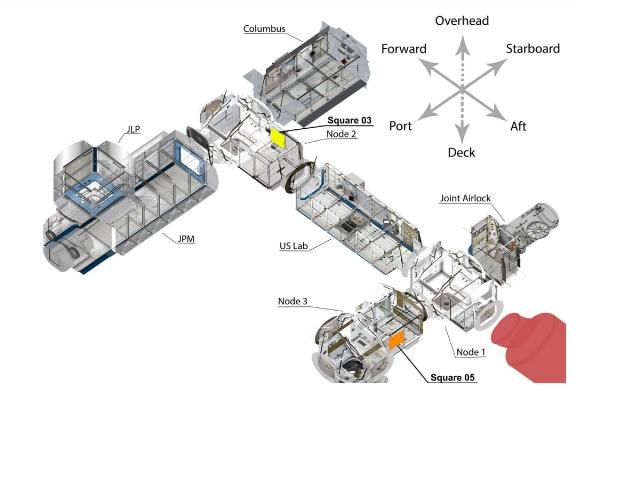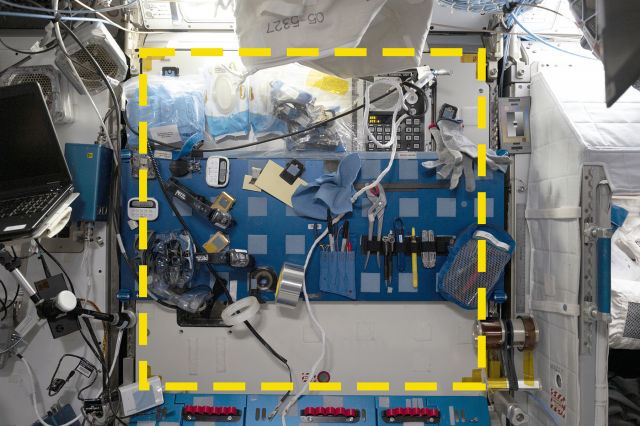In more than 23 years, at least 270 people from 23 countries have visited the ISS. This is a perfect example of creating mini-communities in a minimal space. Scientists decided to find out how people adapt to the conditions of space, especially microgravity. To this end, from January to March 2022, an unusual experiment resembling archaeological excavations was conducted at the station.
Of course, it would be possible to use interviews with visitors to the orbital station, but there are many nuances that a person will not tell or even remember. In order not to miss anything, scientists from the University of Southern California and Chapman University in the USA, together with colleagues from Canada and Australia, applied an approach called the "quadrangular pit". It was adopted from archaeologists.
Before starting excavations, it is necessary to outline and pre-characterize the object. To do this, the territory is divided into squares meter by meter and shallow pits are laid along them. Then the artifacts brought to the surface are analyzed.
Scientists were inspired by the example of using this approach for modern facilities — the Garbage Project of the University of Arizona (1980s) and the Undocumented Migration Project (2009) on the US-Mexican border. According to the authors, the "archaeological excavations" on the ISS will help to understand how a person gets used to an unnatural environment for him. In orbit, he faces not only isolation and restriction of freedom, but also microgravity, which allows him to move in any direction and conduct experiments impossible on Earth. Because of this, any routine job requires careful preparation first.
"In the future, we will be able to develop a method for exploring other habitats in remote, extreme and dangerous conditions. It is too expensive and difficult to excavate there, so we decided to creatively rethink archaeological methods in order to find answers to key questions," the scientists explained in an article published in the journal PLOS One.

Square No. 5 in the American module "Tranquility"
Image source: NASA
The authors identified six sites on the ISS where evidence of material culture was collected using an ordinary photograph. The crew members took pictures of the work and living space every day. Scientists described them, noting the changes in the archaeological complex over time.
Data processing has now been completed in squares 3 and 5. The first one is located on the starboard side, in the area of the workstation of the Harmony module, the second one is in the aft zone in the Tranquility module. The experiment began on January 14, 2022, when astronaut Kayla Barron marked the squares with a ribbon, and ended on March 21.
Scientists considered the images per day as one set of artifacts. All objects in the field of view were circled and described, after which a data frame was compiled from the metadata. This made it possible to track the changes in how the astronauts used the space of the "quadrangle". All images were checked against schedules and daily reports posted on the NASA website. For the analysis, the Brainerd—Robinson statistical method was used, developed to classify collections based on the similarity of ceramic fragments in archaeology.

A diagram of the ISS with modules and the designation of the studied areas
Image source: Walsh et al., 2024, PLOS ONE, CC-BY 4.0
A total of 5,438 cases of artifact use have been documented. As the scientists explained, the space in square No. 3 was intended for equipment maintenance, but in fact it was empty, it was more often used as a storage area. The place where square No. 5 was located had no clear purpose — in fact, it was a passage near the wall to the gym or toilet, but things were also stored there: toiletries, reusable bags, an unused computer. Sometimes there were unexpected items like a pack of Russian-made napkins.
According to the authors of the study, this is the first archaeological experiment outside the Earth. He showed that the ISS crew sometimes manages the space of the station differently than planned. So the designers of future missions have a lot to think about.

